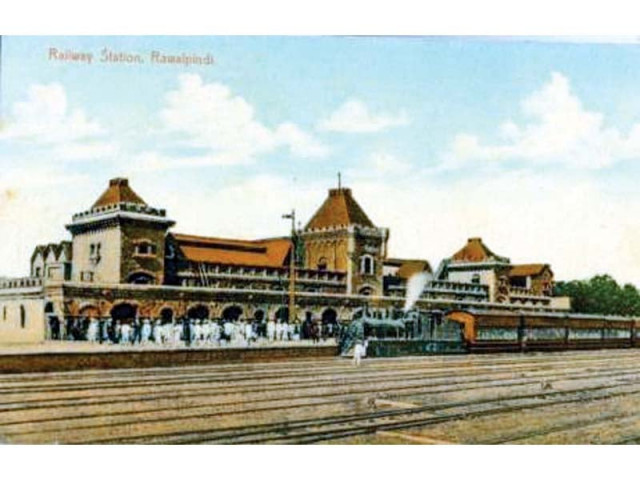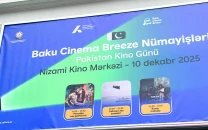More than just a picture book
Pakistan is potentially awash with books such as ‘Rawul Pindee: The Raj Years’ waiting to be written

Pakistan is potentially awash with books such as ‘Rawul Pindee: The Raj Years’ waiting to be written
Coffee-table books, virtually by definition, tend not to be good reads. Big on pictures, thin on text, they are moveable wallpaper designed as much to impress as inform – but there are exceptions to every generalisation and one such is Rawul Pindee: The Raj Years by Ali Khan. This is a book you can comfortably spend hours with, as you wander up and down the highways and byways of its 33 sections and 192 pages. It is a combination of eyewitness accounts, contemporary photographs and extracts from original texts. There is an easy conversational style throughout that generates a sense of intimacy and engagement, and the printing is exceptional on the high-quality semi-gloss paper. The book has quite a tale to tell, with not all of it being comfortable reading.
Sweeping from the heyday of the Raj – well it was heyday for the British but something considerably less for many of the Indians under British rule – to the dying days of the Empire, some of the detail is worthy of further research. The inclusion of reprinted pages of Thacker’s Directory is a goldmine for genealogists and social anthropologists. There in microcosm are laid bare the social divisions and the institutionalised poverty that came with a job working for those that ran the Raj, the inequalities in the salaries of the ruling British and their innumerable servants, both public and private.
Of particular note are the Rafique Memoirs, penned by Rafique Ahmed Khan, now in his 90s, who lived in ‘Pindi in the 1920s. Here is a clear-eyed account of a truly bygone age with a wealth of anecdote and detail that can only come from first-hand observation; a strength of this considerable work throughout.
Nothing is perfect, and Rawul Pindee: The Raj Years sure has its flaws, not the least of these being that it would have benefited from the services of a professional editor who speaks English as a first language, before it went to print. There are inconsistencies of grammar and language that might gall the fastidious reader, but for others, they may add to a certain period charm.
The second and more serious criticism concerns the colourisation of some of the photographs. Colourisation is a process whereby a sepia or monochrome picture is passed through a set of filters to give an approximation of colour appropriate to the period. It can be very effective and bring an added layer to the image. The process has not always worked to its best effect here, and the use of an already poor image now colourised as the front cover picture, was perhaps not the wisest decision those who produced this book made.
Caveats aside, and they are relatively minor criticisms, this is a coffee-table book that manages to transcend a genre that can so easily be trite and shallow. It has real depth, and the capacity to shock as well, with the accounts of Indian troops being used as guinea-pigs for chemical warfare agents being particularly chilling. Pakistan is potentially awash with books such as this waiting to be written, archives explored and memories mined before they are gone forever. Might you turn your eye in the direction of Karachi, Khan?
Title: Rawul Pindee: The Raj Years
Author: Ali Khan
ISBN: 9789699251665
The writer is editorial consultant at The Express Tribune, news junkie, bibliophile, cat lover and occasional cyclist
Published in The Express Tribune, April 24th, 2016.
Like Life & Style on Facebook, follow @ETLifeandStyle on Twitter for the latest in fashion, gossip and entertainment.



















COMMENTS
Comments are moderated and generally will be posted if they are on-topic and not abusive.
For more information, please see our Comments FAQ